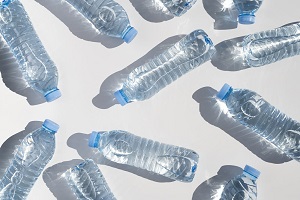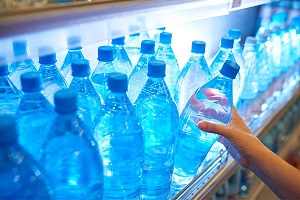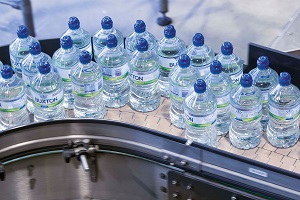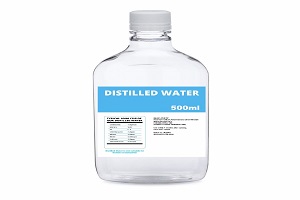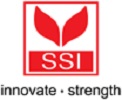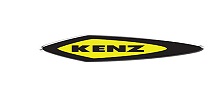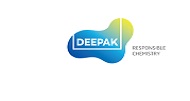Get a Project Report
Profitable Business Ideas for Startups
GLOBAL WATER SECTOR
The home and household sectors, as well as the industrial sector, which includes mining, electricity generation, pharmaceuticals, pulp and paper, upstream oil and gas, refining and petrochemicals, microelectronics, and food and drinks, are all served by the global water market. In addition, the importance of wastewater management in the broader water market cannot be overstated. As freshwater becomes scarcer, municipal and industrial sectors are being pushed to clean wastewater for reuse. The most modern and widely used technologies in wastewater treatment are the removal of suspended particulates, separation of oil and water, biological treatment, removal of dissolved solids, and oxidation and disinfection.
The water market has profited substantially from increased global spending on these technologies. The water market in emerging countries demonstrates that, while the industry has been growing at a breakneck pace, there is still a lot of room for growth. The fast improvement of the economy and growing population in most emerging countries play a critical role in the demand for water for industrial and home usage. The rise of the water market in industrialised countries is just as promising as it is in emerging economies. The demand for desalination plants, wastewater treatment and reuse facilities, and efficient maintenance of existing infrastructure is strengthening the water market, despite modernization, sophisticated infrastructure, and reliable income sources.
ENTREPRENEURIAL OPPORTUNITIES
The worldwide water industry is a big, fast-growing market worth more than $20 billion per year. Many countries around the world are experiencing annual growth rates of more than 10%. The need continues to rise as more and more problems with the drinking water supply are discovered, and pollutant levels in the water rise as a result of pollution. Many locations also have water that has never been truly safe to drink. A water business can be developed in a variety of ways, either as a franchise with many sites or as a single location. Water retailers, bottling factories, bagging plants, and bottled water distribution are all affected. Many significant ideas, elements, and concepts must be addressed in order for a business to be successful.
Type of Water Businesses:
- Retail water store.
- Water bottle refilling for delivery, 1-5 gallon bottles.
- Water in plastic bags.
- Small bottle plant.
GLOBAL WATER INDUSTRY MARKET OUTLOOK:
The Market for Distilled Water is predicted to develop at a CAGR of 7.00 percent. The distilled water market is driven by the growing demand for distilled water in laboratories. Water that has been cooked into vapour and then condensed back into liquid in a separate container is known as distilled water. Impurities in the initial water that do not boil below or close to the boiling point of water stay in the container. Distilled water, on the other hand, is a sort of purified water. Due to its high purity, distilled water is preferred by laboratories and pharmacies.
The Global Bottled Water Market is predicted to increase at a CAGR of 11.1 percent over the next five years. The important elements driving the industry over the next few years will be portability, ease of use and installation, and low maintenance costs. Additionally, increased consumer awareness of the health benefits of drinking bottled water is expected to fuel market expansion. Product sales are driven by a preference for bottled water over tap water, particularly among younger consumers. As a result of this trend, a number of restaurants are now offering bottled water to suit customer demand. Water appears to have struck a chord with health-conscious consumers. In the future years, the fast expansion of restaurants in the United States is expected to produce a substantial demand for bottled water. Asia Pacific leads the global water market, with rising demand for water and water systems spurred by a surge in industry and construction activity across the area, as well as a vast population that continues to increase. Additionally, the Asia Pacific water market has benefited from government efforts in Japan, India, China, and other developing countries to promote and stimulate urbanisation while allocating adequate resources to wastewater treatment systems. The water market in Europe, North America, and South America is being driven by rising demand for bottled water and increased usage of water in the utilities sector. Water quality is a key issue in most Middle Eastern and North African countries. This indicates that the water market in the Rest of the World has a lot of room to grow.
INDIA’S PACKAGED BOTTLED WATER INDUSTRY
The packaged bottled water business in India is predicted to develop at a 22 percent compound annual growth rate (CAGR). In the late 1990s, the bottled water market in India exploded after Bisleri introduced packaged drinking water to the country. The industry’s boom in advertising that “bottled water was pure and nutritious” fueled this tremendous growth. With a surge in health awareness, poor tap water quality, and the ease of access to bottled water, India’s per capita consumption of bottled water is on the rise. Bisleri, PepsiCo, Coca-Cola, Dhariwal, and Parle are currently the top five participants in India’s packaged bottled water business. Due to insufficient infrastructure, these corporations struggle to reach tiny non-tier cities and towns, creating a chance for small regional competitors to establish a foothold in regional markets.
TOP PLAYERS WORDWIDE
- Aquafina
- Aquafina, PepsiCo
- Bailley, Parle Agro
- Danone
- Dasani
- Évian
- Fiji Water
- Glaceau Smartwater
- Himalayan, Tata Global Beverages
- Nestlé
- Oxyrich, Manikchand
- Ozarka
- Perrier
- Poland Spring
- Qua, Narang Group
- Rail Neer, IRCTC
- Tata Water Plus
- Vedica, Bisleri


